Sunday, March 8, 2009
Martial Arts by Keith Johnson,part 3, conclusion
For Part 1, see list of posts below or go to http://literarythunderbay.blogspot.com/search/label/Keith%20Johnson
For Part 2, also listed below or at http://literarythunderbay.blogspot.com/search/label/Martial%20Arts
Eric appeared to be favouring his left leg but otherwise the group seemed to be uninjured. Martin’s inquisitive look and obvious concern prompted a self-conscious grinning response from Eric. “I never thought about a frigging dog, the son-on-a-bitch, a big black Alsatian. It feels like he got a chunk of me. Outside of that, I guess we’re OK. How’d you like the fireworks? I think Larry is a real artist, a pyrotechnical wizard, no less.
From the recesses of his haversack, Martin retrieved a first aid field pack which he opened while he indicated Eric to expose his wound. It was the calf muscle just below his left knee that was torn and encrusted. Fortunately, he had replenished his canteen with fresh spring water which he now offered to help Eric swallow a couple of large sulphonamide tablets. With a moistened gauze pad, he swabbed the area then dusted it with marfanil powder and taped a dressing on it. Hopefully, that dog was a member of their papered canine corps, healthy, and not a carrier of rabies. Probably he would receive the same military honours as the other enemy casualties of this night’s encounter.
Eric gingerly eased his trouser leg down over the sore spot commenting that he’d heal all right but he doubted his pant leg would. At the ensuing strategy powwow, they observed that the commanding view the castle on the hill possessed would now become their advantage. Anyone attempting to leave the redoubt either to flee or to augment their water supply from the spring would be exposed whether here or anywhere along the roadway through the valley. They decided to withdraw to the forested area where the road first entered the valley.
The cloistered enemy had had their teeth pulled. Their fuel cache and arsenal had gone up on flames. Their vehicles had been incapacitated, radio demolished and they’d had their water cut off.
A tangle of underbrush marked the transition from meadow to forest and this screen would prevent those at the abbey, with even the most powerful optics, from observing the squad. They, in turn, could select their vistas of both the fortress and the spring. The buildings atop the hill were well within rifle range and the waterhole was about half that distance.
Pietro had departed on his bicycle. He would go to his sister’s place and borrow their motor scooter which would serve as ambulance to convey Eric to their home where he could recuperate and if necessary get medical attention. Larry and Martin occupied themselves erecting a bivouac to shelter them and some of the irregulars who volunteered to help in the stake-out. The eastern sky was lighting up. Fleecy clouds floated across the pre-dawn indigo sky. It looked like the weather had broken and the sun would shine upon the group while they enjoyed some well deserved R & R.
War is synonymous with atrocity, carnage, brutality and suffering, yet it is also the catalyst which brings forward much of the scientific and technological advances which we enjoy. It is the proving ground for many procedures that would otherwise never see the light of day. One is hard pressed to find any other field of human endeavor which has not benefited because of this. Even military practices themselves have evolved in this manner. The abhorrent butchery of ancient battles has, to some degree, give way to new strategies which, though still bloody, are not the hopeless grinding battles of attrition of the past. Mobilization, lightning war, (blitz krieg), rapid attack and counter attack, these manoeuvers and tactic or the second World War were welcome relief to the “stand and deliver” trench battles of World War I. We’ve come a long way and I’m sure that military historians would declare that Siege Warfare had no place in modern hostilities and furthermore they would unanimously deny that it had been practiced as recently as the middle decade of the twentieth century during World War II but, then, of course, they had not been there,
For Part 2, also listed below or at http://literarythunderbay.blogspot.com/search/label/Martial%20Arts
Eric appeared to be favouring his left leg but otherwise the group seemed to be uninjured. Martin’s inquisitive look and obvious concern prompted a self-conscious grinning response from Eric. “I never thought about a frigging dog, the son-on-a-bitch, a big black Alsatian. It feels like he got a chunk of me. Outside of that, I guess we’re OK. How’d you like the fireworks? I think Larry is a real artist, a pyrotechnical wizard, no less.
From the recesses of his haversack, Martin retrieved a first aid field pack which he opened while he indicated Eric to expose his wound. It was the calf muscle just below his left knee that was torn and encrusted. Fortunately, he had replenished his canteen with fresh spring water which he now offered to help Eric swallow a couple of large sulphonamide tablets. With a moistened gauze pad, he swabbed the area then dusted it with marfanil powder and taped a dressing on it. Hopefully, that dog was a member of their papered canine corps, healthy, and not a carrier of rabies. Probably he would receive the same military honours as the other enemy casualties of this night’s encounter.
Eric gingerly eased his trouser leg down over the sore spot commenting that he’d heal all right but he doubted his pant leg would. At the ensuing strategy powwow, they observed that the commanding view the castle on the hill possessed would now become their advantage. Anyone attempting to leave the redoubt either to flee or to augment their water supply from the spring would be exposed whether here or anywhere along the roadway through the valley. They decided to withdraw to the forested area where the road first entered the valley.
The cloistered enemy had had their teeth pulled. Their fuel cache and arsenal had gone up on flames. Their vehicles had been incapacitated, radio demolished and they’d had their water cut off.
A tangle of underbrush marked the transition from meadow to forest and this screen would prevent those at the abbey, with even the most powerful optics, from observing the squad. They, in turn, could select their vistas of both the fortress and the spring. The buildings atop the hill were well within rifle range and the waterhole was about half that distance.
Pietro had departed on his bicycle. He would go to his sister’s place and borrow their motor scooter which would serve as ambulance to convey Eric to their home where he could recuperate and if necessary get medical attention. Larry and Martin occupied themselves erecting a bivouac to shelter them and some of the irregulars who volunteered to help in the stake-out. The eastern sky was lighting up. Fleecy clouds floated across the pre-dawn indigo sky. It looked like the weather had broken and the sun would shine upon the group while they enjoyed some well deserved R & R.
War is synonymous with atrocity, carnage, brutality and suffering, yet it is also the catalyst which brings forward much of the scientific and technological advances which we enjoy. It is the proving ground for many procedures that would otherwise never see the light of day. One is hard pressed to find any other field of human endeavor which has not benefited because of this. Even military practices themselves have evolved in this manner. The abhorrent butchery of ancient battles has, to some degree, give way to new strategies which, though still bloody, are not the hopeless grinding battles of attrition of the past. Mobilization, lightning war, (blitz krieg), rapid attack and counter attack, these manoeuvers and tactic or the second World War were welcome relief to the “stand and deliver” trench battles of World War I. We’ve come a long way and I’m sure that military historians would declare that Siege Warfare had no place in modern hostilities and furthermore they would unanimously deny that it had been practiced as recently as the middle decade of the twentieth century during World War II but, then, of course, they had not been there,
Subscribe to:
Post Comments (Atom)
















































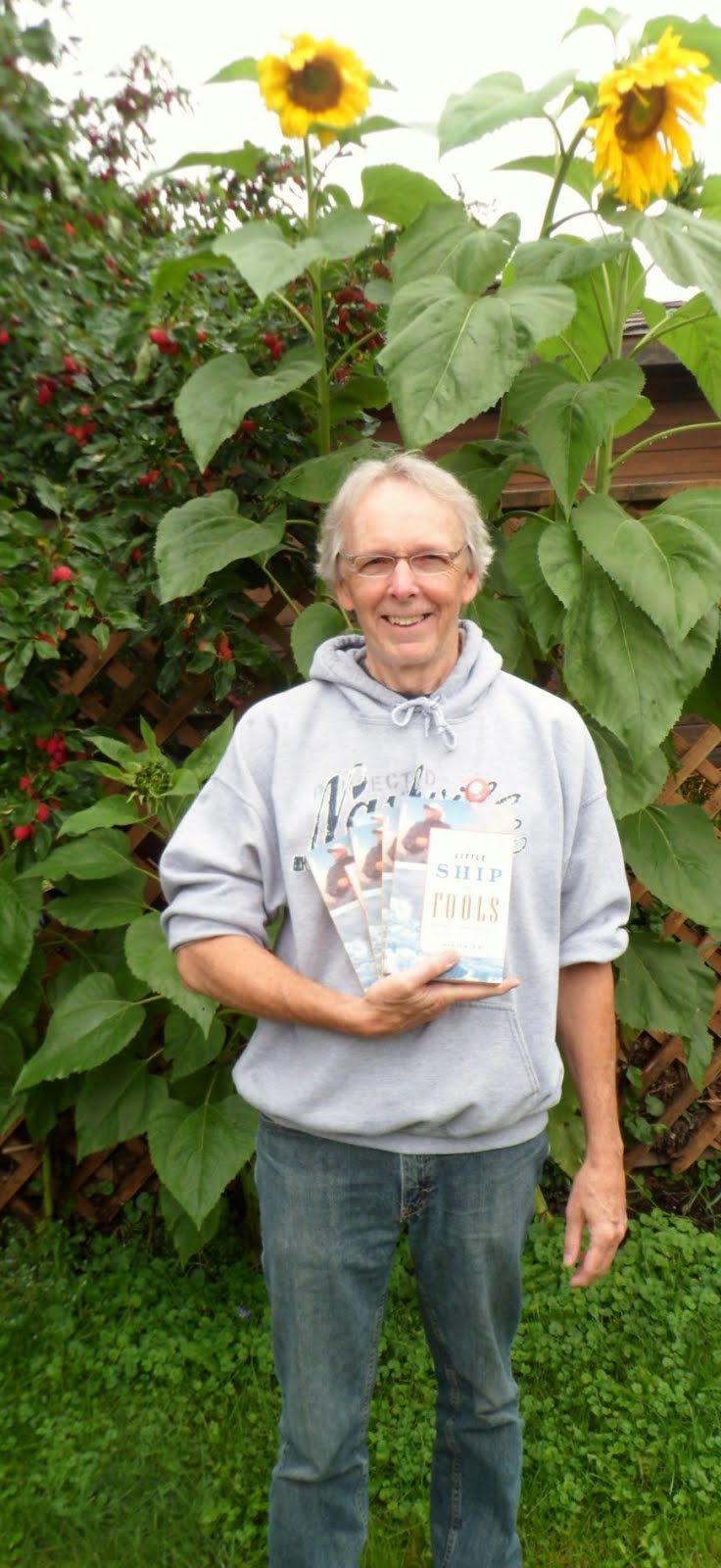





























































































































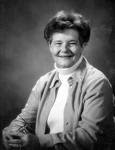


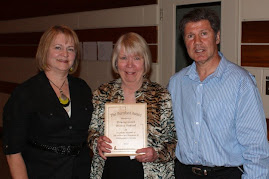






























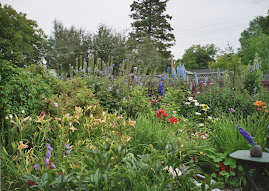

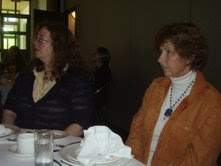











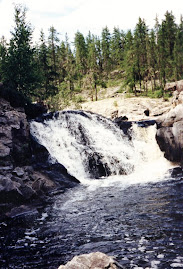







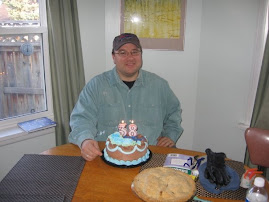

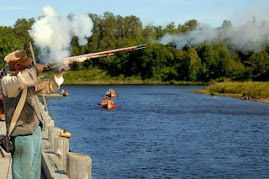
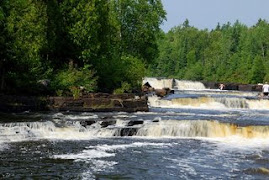


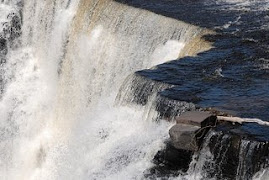





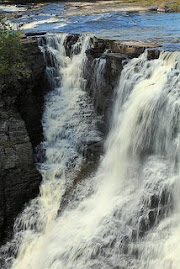

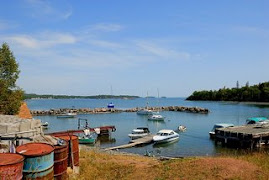

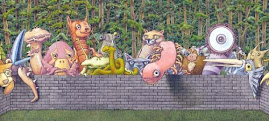
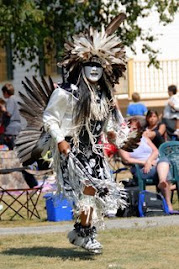
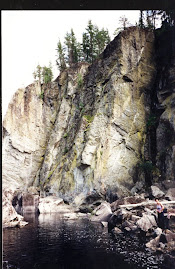
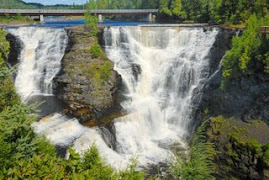
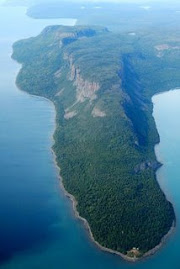
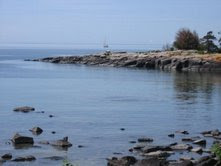

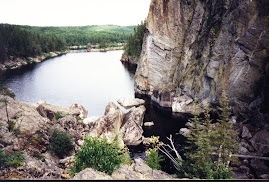
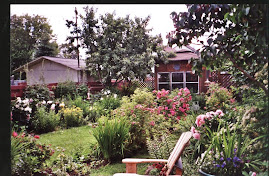
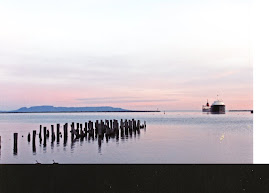







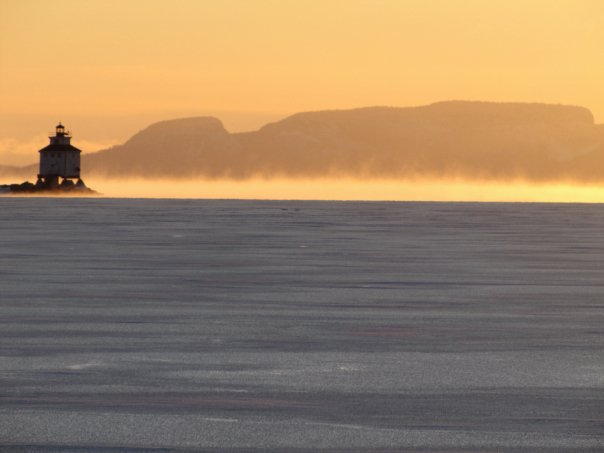

No comments:
Post a Comment